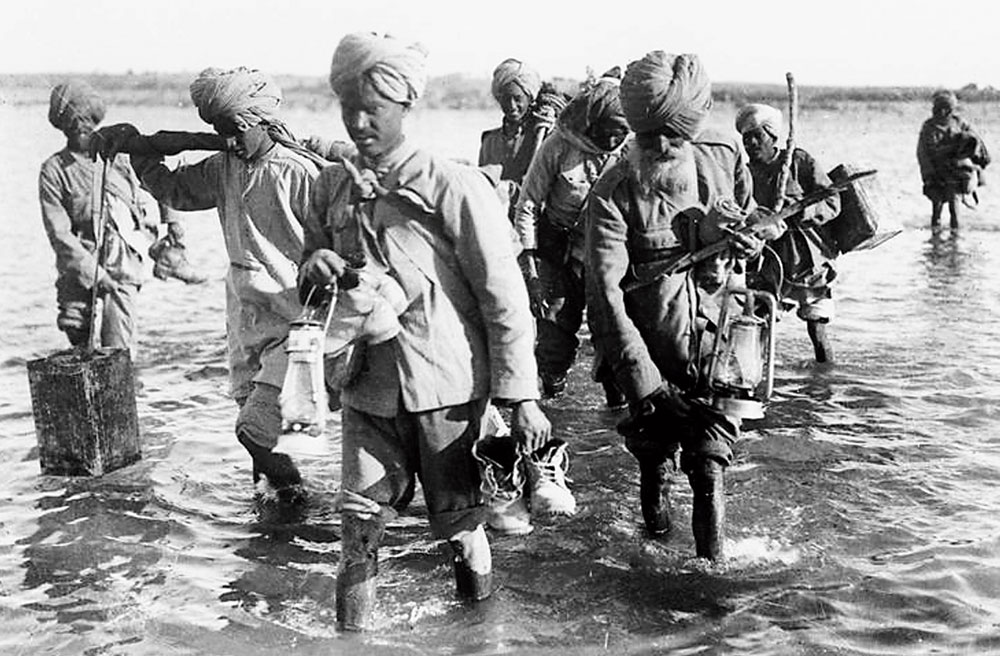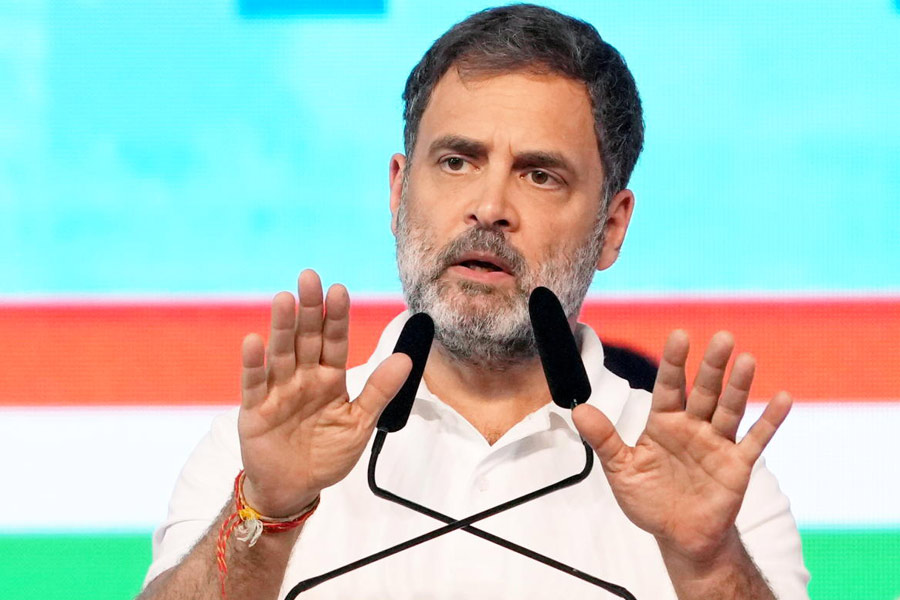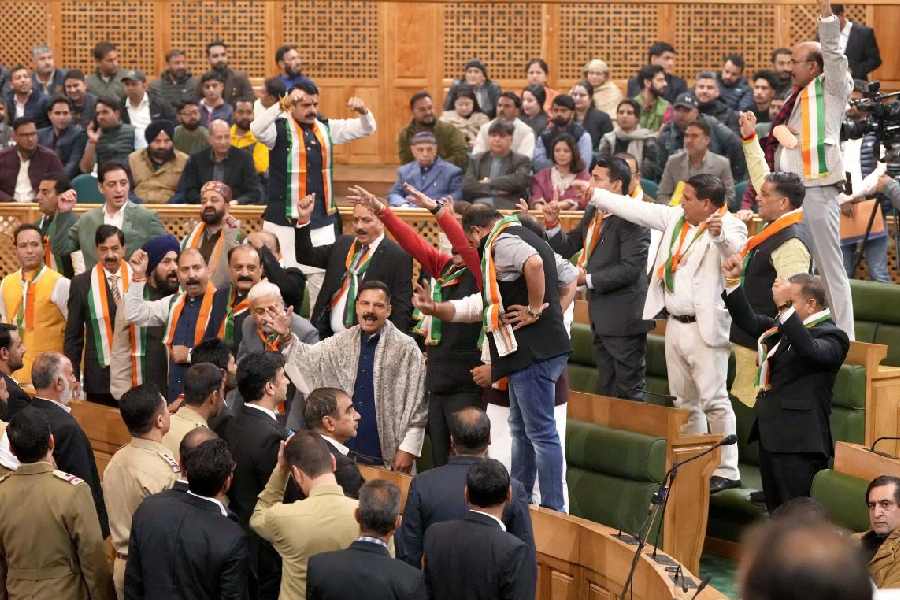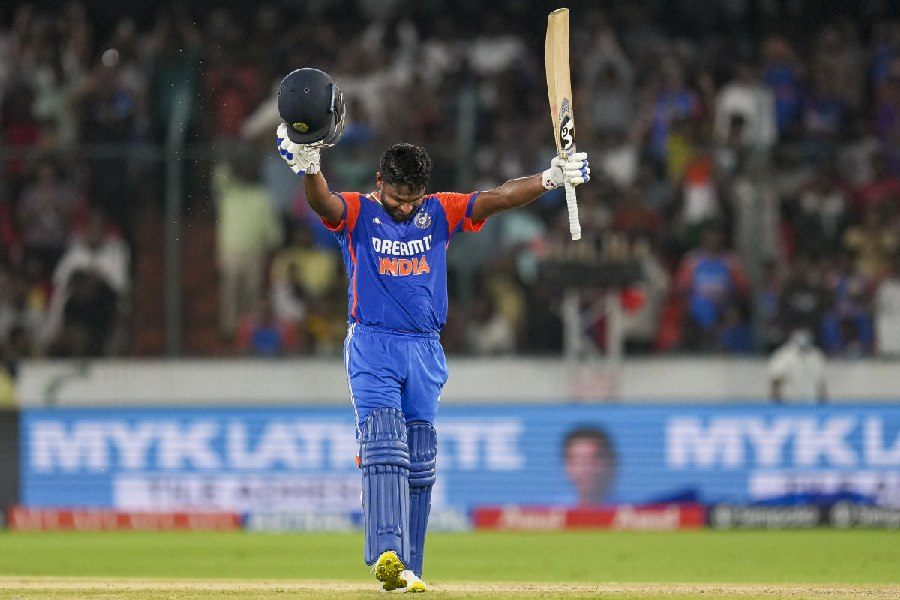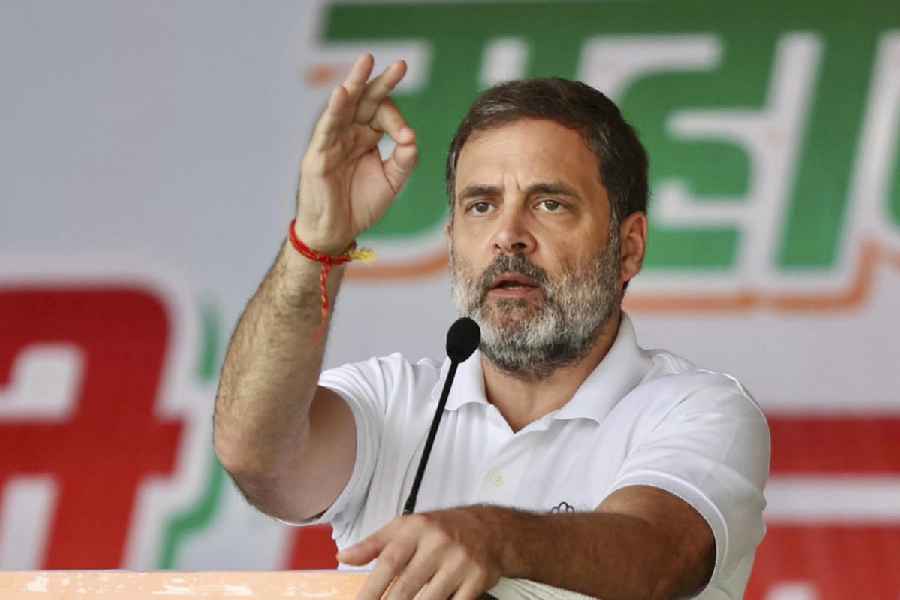The colour of World War I memory is no longer exclusively white. In the past four years leading up to Armistice Day on November 11, the role played by the four million-plus non-white soldiers and auxiliaries in European and American armies in the war 100 years ago has been acknowledged in Europe.
But it is not enough to remember the soldiers, says Santanu Das, a leading scholar on the cultural history of WWI whose earlier books had highlighted the significant role played in the war by the Indian sepoys. His new book India, Empire, and First World War Culture, set for its Calcutta launch on Saturday at The British Council, opens up a critical space that listens to the voices of not just the soldiers — British India contributed 1.4 million men to the war — but also the non-combatants like cooks, orderlies and doctors, the deserters, the women, the children, the diplomats, the intellectuals (like Tagore and Mohd. Iqbal) and the politicians (like Gandhi and Tilak).
“War is not just combat; it is a conflict that left an impact at individual, political, socio-cultural and intellectual levels as also on our literature and culture,” says Das, who teaches at King’s College, London.
And because many of the sepoys were non-literate, in the 10 years he has been researching the subject, Das has had to find new ways of “writing history from below” to recover their experiences — by accessing sound recordings, paintings, photographs, letters, testimonials, objects, rumours and street pamphlets.
“The moment we step outside Europe we do not have the abundance of poetry and memoirs that form the bulk of European war narrative. So we need to look at other material and use other methods.”
He met descendants of several recruits. “Many of those drafted in 1917 had seen no weapon beyond a sickle. The great grandson of a Punjabi soldier told me how his ancestor spotted a recruitment queue on his way back from the field and signed up to be sent to France to face shrapnel and cannon fire.”
While many Bengalis served as doctors, orderlies and labourers, there was 19-year-old Indralal Roy of the Royal Air Force, the only Indian WWI flying ace who died in an aerial fight after downing 10 German planes. The 49th Bengalis, a unit of citizen soldiers, was never mobilised, but the Bengal Ambulance Corps did great work.
Almost every Bengali who went to Mesopotamia or France wrote something. Essays in Bengali journals were aplenty. Das points to Abhi Le Baghdad by Sisir Kumar Sarbadhikari, a prisoner of war in Turkey. “It matches up to the best memoirs of the West.”
“The moment we step outside Europe we do not have the abundance of poetry and memoirs that form the bulk of European war narrative. So we need to look at other material and use other methods.”
He met descendants of several recruits. “Many of those drafted in 1917 had seen no weapon beyond a sickle. The great grandson of a Punjabi soldier told me how his ancestor spotted a recruitment queue on his way back from the field and signed up to be sent to France to face shrapnel and cannon fire.”
While many Bengalis served as doctors, orderlies and labourers, there was 19-year-old Indralal Roy of the Royal Air Force, the only Indian WWI flying ace who died in an aerial fight after downing 10 German planes. The 49th Bengalis, a unit of citizen soldiers, was never mobilised, but the Bengal Ambulance Corps did great work.
Almost every Bengali who went to Mesopotamia or France wrote something. Essays in Bengali journals were aplenty. Das points to Abhi Le Baghdad by Sisir Kumar Sarbadhikari, a prisoner of war in Turkey. “It matches up to the best memoirs of the West.”

Santanu Das at the Glorious Dead cenotaph on the Maidan on Thursday. Picture by Pradip Sanyal

